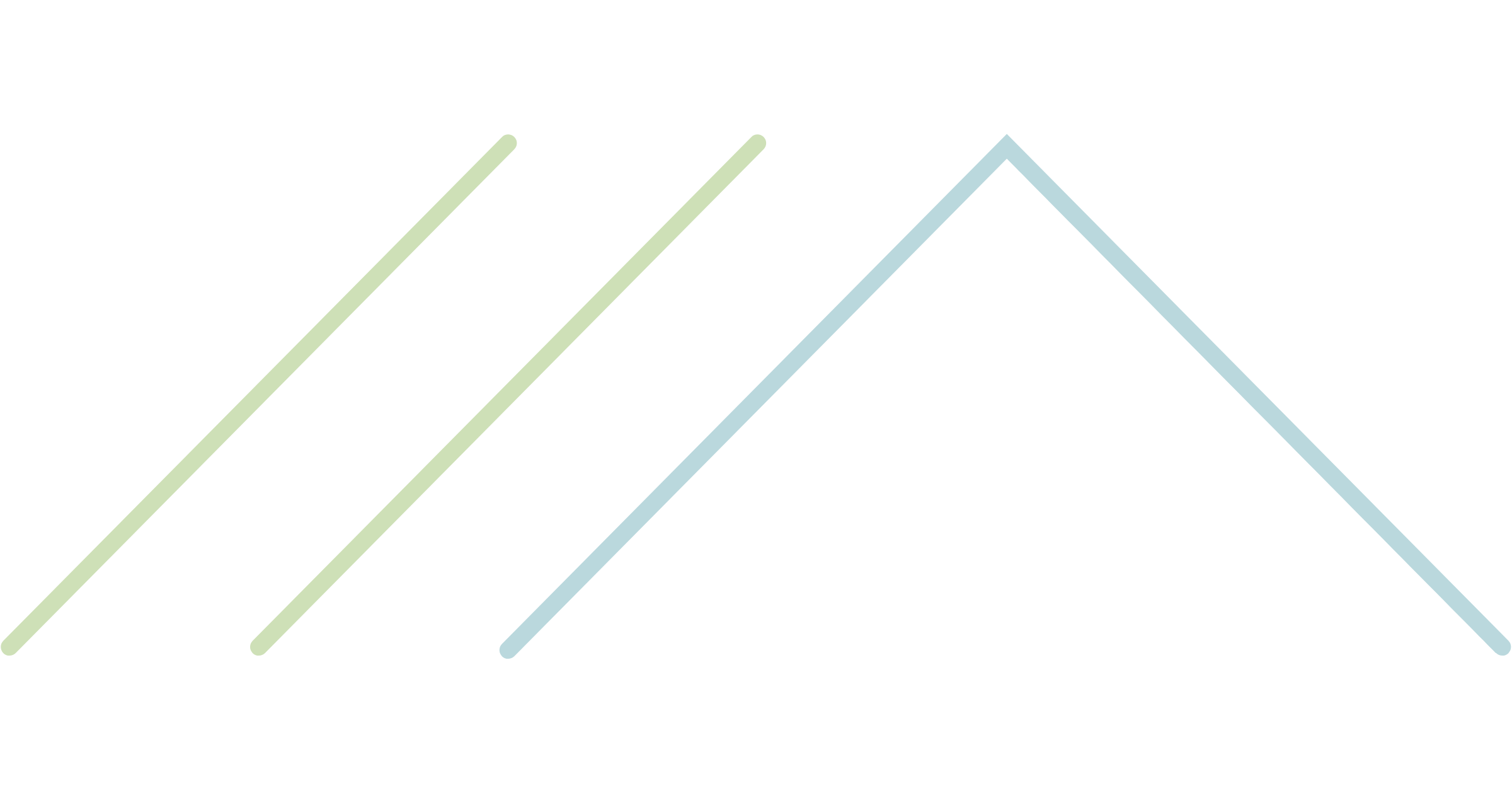
As the world moves towards more sustainable living practices, the home building and renovation sectors are experiencing significant innovations, particularly in the field of energy efficiency. Homeowners are increasingly prioritizing not just the aesthetic and structural integrity of their residences, but also how energy-efficient and environmentally friendly they are. Here are the top five innovations currently transforming residential energy efficiency:
1. Advanced Insulating Techniques
Insulation is a critical factor in a home’s energy efficiency, impacting the amount of energy required to heat and cool the space. Traditional insulation materials are being revolutionized with options like spray foam that can seal leaks and gaps in older buildings, reducing energy consumption significantly. Moreover, new materials such as vacuum insulation panels and aerogels are offering higher insulation values than ever before, allowing for thinner walls with better performance.
Effective insulation is paramount for minimizing energy loss in homes. Innovations in insulation materials and techniques not only provide superior thermal resistance but also adapt to a variety of building challenges:
- Spray Foam Insulation: Expands to fill gaps, providing an airtight seal that significantly reduces energy leakage. Ideal for retrofitting older homes where traditional insulation can be difficult to install.
- Vacuum Insulation Panels: Offer up to ten times more thermal resistance than traditional insulation materials, making them perfect for use in space-constrained areas.
- Aerogel Insulation: Known for its light weight and high insulating properties, aerogel is effective for high-temperature ranges and adds minimal bulk.
- Recycled Denim: An eco-friendly option made from post-consumer recycled jeans, providing a sustainable alternative without compromising on thermal performance.
- Sheep’s Wool: Natural, renewable, and capable of managing humidity while providing excellent insulation, ideal for those seeking sustainable building materials.
2. Smart Home Energy Systems
Smart home technology has profoundly impacted residential energy management. Systems that integrate heating, cooling, lighting, and other appliances through a single intelligent platform can optimize energy use based on behavior patterns and real-time data. For instance, smart thermostats learn your schedule and temperature preferences, adjusting automatically to reduce energy waste. Similarly, smart lighting systems can adjust the brightness based on the time of day or occupancy in the room.
Smart technology allows homeowners to manage their energy use more efficiently through intuitive systems that automate and optimize energy consumption:
- Smart Thermostats: Devices like the Mysa learn your schedule and temperature preferences to optimize heating and cooling cycles.
- Smart Lighting Systems: Philips Hue and Lutron systems adjust lighting based on occupancy and ambient light levels, reducing unnecessary energy use.
- Energy Monitors: Systems like Sense and Neurio provide real-time data on energy consumption, helping identify energy-guzzling appliances and habits that could be adjusted.
- Smart Vents: Products like Keen Home Smart Vents automate airflow through ducts, improving HVAC systems' efficiency and reducing costs.
- Home Automation Hubs: Central systems that integrate various smart devices, allowing for seamless control and optimization of home energy use.
3. High-Efficiency HVAC Solutions
Heating, ventilation, and air conditioning (HVAC) systems consume a significant portion of home energy. Recent innovations in this area include heat pumps that use the outside air to heat and cool homes more efficiently than traditional systems. There are also advancements in furnace technology with modulating burners that finely adjust the flame size and air volume to match the exact heating needs of the moment, thus conserving energy while maintaining comfort.
Modern HVAC systems are designed to use energy more effectively, maintaining optimal home comfort while reducing utility bills:
- Modulating Furnaces: These adjust the flame size and airflow to match the exact heating needs, optimizing energy use throughout the day.
- Heat Pumps: Systems like the Carrier Infinity Series pull heat from the air or ground to heat homes more efficiently than traditional heating methods.
- Geothermal Systems: Utilize the stable temperature of the earth to provide heating and cooling, significantly reducing energy use.
- Dual Fuel Systems: Combine gas furnaces with heat pumps to choose the most efficient heating method based on external temperatures.
- Ventilation Energy Recovery: Units like the Venmar EKO 1.5 recover heat from outgoing stale air to warm incoming fresh air, reducing heating requirements.
4. Triple-Pane Windows
Windows have always been a critical area for energy loss in homes. Triple-pane windows, which use three layers of glass with inert gas fills between them, provide significant improvements in thermal performance. These windows not only help maintain a consistent indoor temperature but also reduce noise from the outside, enhancing the overall comfort of your home.
These windows feature three layers of glass and gas fills, offering maximum insulation:
- Low-E Coatings: Reflective coatings on glass surfaces reflect interior temperatures back inside, keeping homes warm in winter and cool in summer.
- Argon Gas Fills: Argon gas between the panes reduces thermal transfer more effectively than air.
- Krypton Gas Fills: An alternative to argon, krypton gas offers even better insulation in narrower frames.
- Warm Edge Spacers: Reduce heat transfer through the edge of the glass assembly, helping to lower the window's overall U-factor.
- Composite Frames: Frames made from composite materials provide better insulation and durability than traditional materials.
5. Solar Integration
The integration of solar energy systems into residential properties continues to be a game-changer. Modern photovoltaic panels are more efficient than ever, capable of converting a greater percentage of solar radiation into usable electricity. Additionally, innovations in battery storage are making it feasible for homes to not only generate their own power but also store it for use during peak times, which can drastically reduce reliance on the grid and lower energy costs.
Integrating solar power into residential properties not only reduces reliance on the grid but also lowers energy costs:
- Photovoltaic Panels: Advanced solar panels with higher efficiency rates convert more sunlight into electricity.
- Solar Tiles: Tesla Solar Roof tiles integrate seamlessly into the roof, providing solar power without the appearance of traditional panels.
- Community Solar Gardens: For homes where panels are not viable, subscribing to a community solar garden can still provide solar energy benefits.
- Solar Batteries: Tesla Powerwall and other solar batteries store excess solar energy for use during peak times or outages.
- Passive Solar Design: Incorporates the position and design of the house to maximize natural heating and lighting, reducing the need for additional energy consumption.
Final Thoughts
These innovations are just the tip of the iceberg when it comes to energy efficiency in residential buildings. As technology continues to advance, and as more homeowners and builders adopt these solutions, we can expect to see even more effective ways to reduce energy consumption and enhance the sustainability of our living spaces. Embracing these innovations not only helps protect the environment but also offers significant savings on energy bills, making them a smart investment for the future.











0 Comments